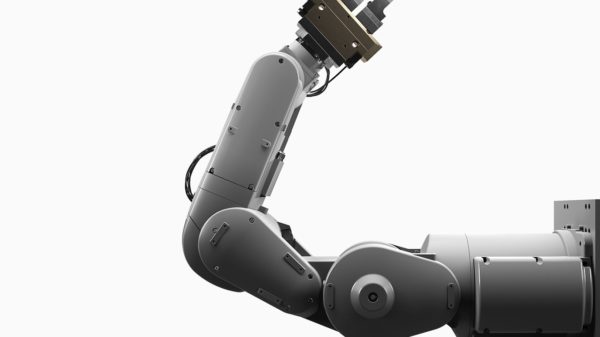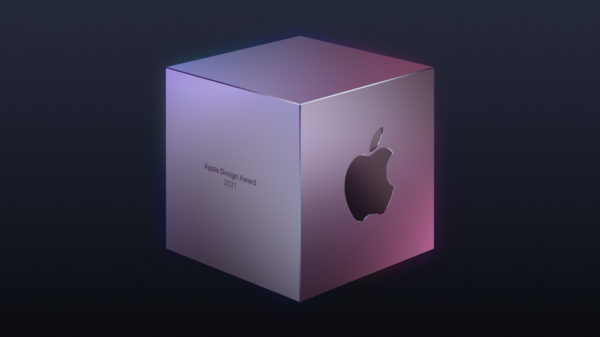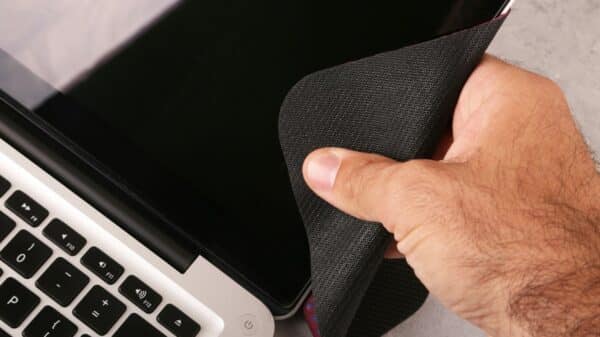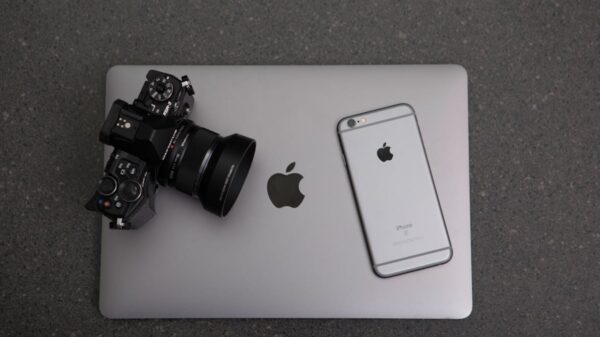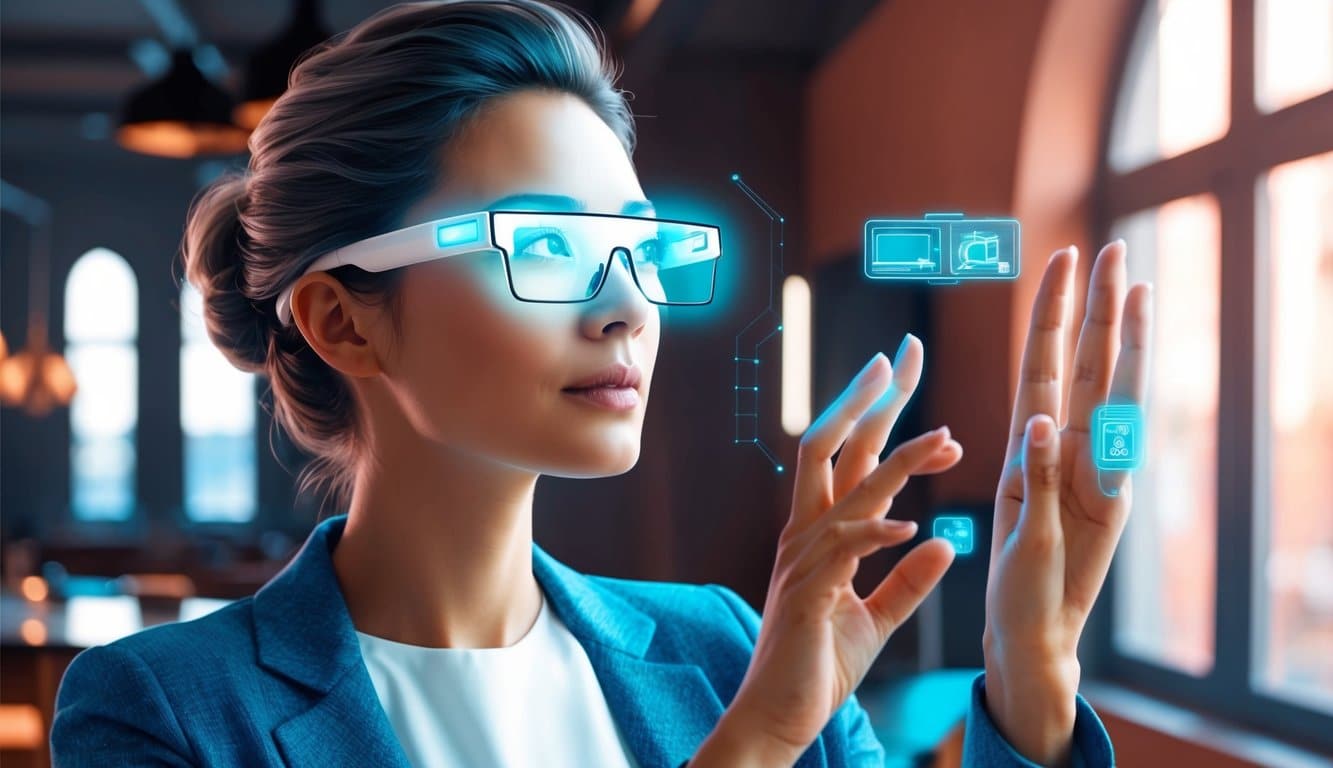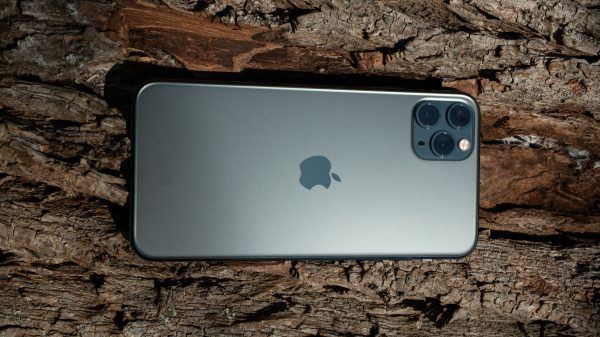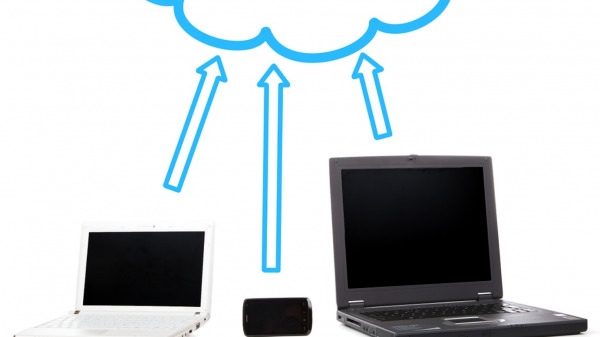Recently, industry 4.0 has become a popular term we come across quite often. It is “the fourth revolution”. It indicates the change in the way industries work and produce goods. This shift occurred due to the constant improvement in technology to increase productivity.
New technologies started becoming a part of our lives with this advancement. One of the most promising discoveries recently involved in our lives is wearable technology. It is an advancement we can easily incorporate into everyday life. Although many companies are yet to adopt it, this technology can quickly push businesses towards industry 4.0.
Besides wearable technologies, other technologies gained widespread interest and popularity. Augmented Reality (AR) and Virtual Reality (VR) have become the forerunners in the industry 4.0 takeover.
Assisted Reality is another technology that could stand with AR and VR in the industry 4.0 race. It is just as promising but seems to have less popularity. Although it is pretty new, it has already affected the work experience of front-line and field-based workers. So, what is Assisted Reality? How does it differ from Augmented Reality? And what makes it so important in the industry today? Let’s find out.
Are There Any Differences Between Augmented and Assisted Reality?
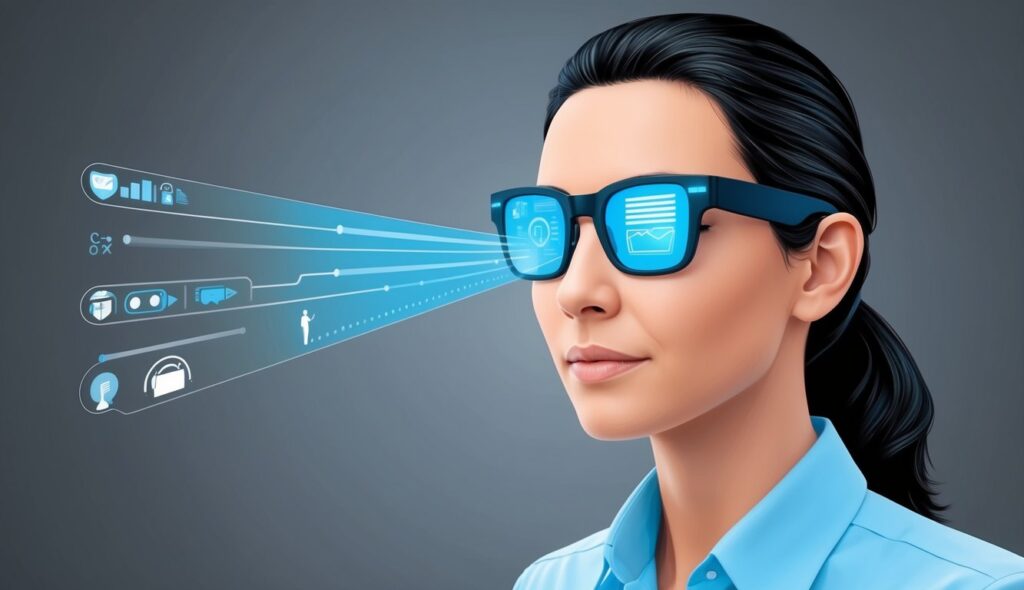
Often, people use Augmented Reality and Assisted Reality interchangeably. They have the same acronym, so it’s not hard to see why. However, they are not the same thing.
Assisted Reality and Augmented Reality are different from each other on a very fundamental level. It is the way they bring the real and virtual worlds together. Augmented Reality merges virtual reality elements into the real world. It creates virtual features and projects them over real-world details.
On the other hand, Assisted Reality lies somewhere between Augmented Reality and the real-life environment. It is different from Augmented Reality because it does not alter what the users see in real life. Instead, it adds pieces of information into their view.
We can use Assisted Reality with wearable technology and incorporate it with smart glasses or headsets. Also, this technology is compatible with smartphones and tablets. Augmented Reality, on the contrary, needs higher hardware specifications than Assisted Reality. Therefore, it may not suit all applications despite having high potential.
For instance, Augmented Reality is not fit for front-line workers who need to give their full attention when working. They work in dangerous places and must pay constant attention to the tools and equipment they use. They can’t afford distractions even while accessing information. Unfortunately, all the simulated elements in Augmented Reality may compromise their safety. In these situations, Assisted Reality devices may be a better fit.
On the other hand, Augmented Reality is the way to go for more relaxed environments where distraction is not a problem but the goal. This technology can create a unique experience by blending the digital and physical worlds. Neither technology is better than the other; they only have different roles and applications.
What Is Assisted Reality?
Assisted Reality is a part of the fourth industrial revolution (Industry 4.0). Unfortunately, it is not as popular as Virtual Reality (VR) or Augmented Reality (AR).
Assisted Reality, also known as assisted Reality (aR), is a technology that displays relevant information on a screen in the user’s vision. For the most part, assisted reality does not alter what the user sees. Instead, it improves their experience and boosts their situational awareness.
Assisted Reality is just like a heads-up display (HUD) on an expensive car. This display shows instructions of the navigation and the readings of the speedometer across the windscreen. That heads-up display is in front of the driver but doesn’t obstruct driving or alter the view. It only adds beneficial information to the driver’s experience.
Like this example, Assisted Reality technology is a hands-free gadget that displays essential information to users without disconnecting them from their real-time environment. It does not generate or change the information users get depending on the background environment. It only shows pre-existing information such as diagrams, images, texts, and sometimes videos. The displayed information assists the user in understanding and successfully carrying out their task.
Assisted Reality separates real-world objects from the displayed information. Its priority is not to create a digital environment but to improve the real-world experience.
There are different types of devices that you can use AR. These devices include headsets with mini displays, smart glasses, and other wearable technology. They are generally used in heavy-duty works for long periods. Therefore, they are durable, comfortable to wear, and have long-lasting batteries. Thanks to the advancements in technology, these devices are becoming cheaper and easier to operate. Thus, we can utilize them in new fields.
Why Is Assisted Reality Important?
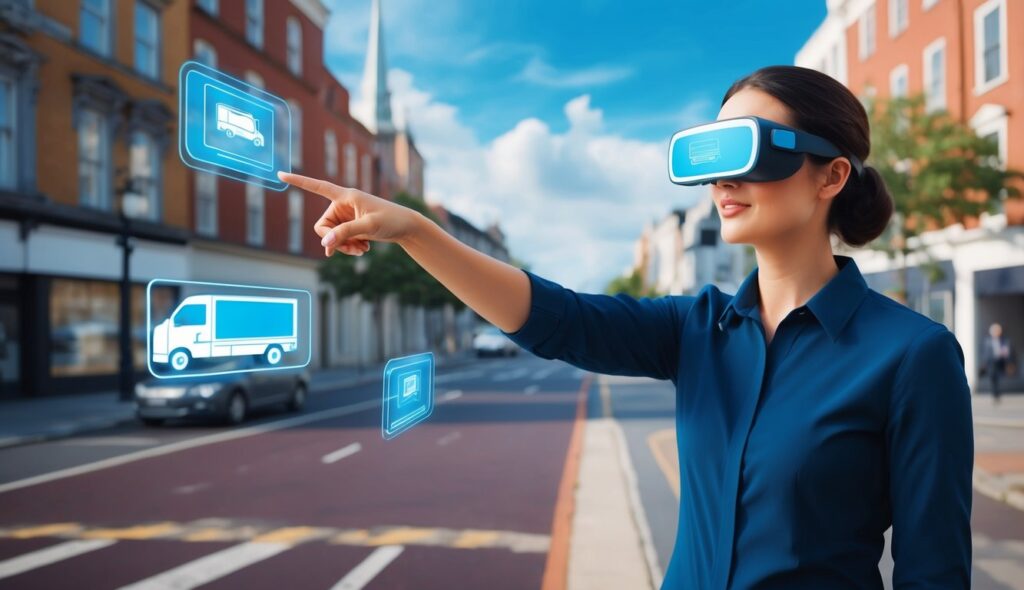
Virtual Reality and Augmented Reality are fantastic advancements. These XR technologies, beyond doubt, are helpful to boost worker productivity. However, using these devices can be distracting, and it is acceptable and even desirable for recreational use. Yet, people like factory workers who need to pay full attention need to use something less immersive.
At this point, Assisted Reality comes in. It offers workers a way to benefit from the practicality of digital information. At the same time, they keep working, and AR helps them get the necessary information to get the job done quickly and easily.
One of the instances where Assisted Reality can greatly benefit workers is a car manufacturing company. While building a car, a technician can run into one difficulty or the other. They need to stop to review manuals and guides or leave to get support from their supervisor. Instead, workers can use Assisted Reality to acquire all of these on the job. This hands-free gadget would show the technician all they need to see regarding building a car, from texts to diagrams to videos.
Moreover, they can send live feeds to a senior worker and ask for guidance without leaving their workstation. By doing this, the car company can improve workflow, speed up production and reduce the number of errors along the way.
Let’s explore some benefits of Assisted Reality in detail.
Improves Work Output
Suppose a worker uses the wrong method towards finishing a task because of a lack of real-time information. A case like this could lead to a waste of time and increased costs. With the help of Assisted Reality, workers can follow step-by-step guidelines on display. These guides are there, and they change as you do the job. That method increases the accuracy rate. Thus, companies can reduce operation time and costs while achieving higher quality results.
One of the devices that could do this job is RealWear HMT headsets. These headsets are just as effective and capable as Android tablets. Besides, it has the same functionality, they operate on the same platform, which provides easy usage due to familiarity.
A RealWear HMT device can capture images and videos, access helpful information, and even perform GPS tasks. Accessing all these features with a single device helps workers make the most of their time and produce the best results possible.
Provides Quick Access to Remote Experts
At times, a front-line worker needs immediate support. Unfortunately, the experts are not always onsite. Occasionally, it’s even possible they are in a different time zone. In times like these, an Assisted Reality device can save the day.
Brands like RealWear, have headsets made with great cameras and excellent noise-cancellation headphones and microphones. Using these functions, onsite workers can immediately make video conference calls and get support from remote experts.
RealWear also has partnerships with brands like Microsoft, Zoom, and Cisco. Due to these partnerships, remote collaborations in worksites are possible. Workers can present their screens to many people and interact with them using their headset’s tiny display using these platforms.
Creates Safer Working Experience
Modern-day assisted reality technology tries to make the safety of workers a priority. AR-compatible devices such as headsets have features that improve onsite security.
These devices strike out with their hands-free capabilities, like voice-enabled features. With that feature, users say what they see, and the device acts on it. These devices are pretty durable as well. Besides being dust and water-resistant, they can resist a two-meter drop.
Moreover, they are compatible with safety equipment. You can use those with masks, hazmat suits, hardhats, goggles, etc. Workers can use these headsets in almost any industrial setting. With these hands-free headsets, workers can get all the needed information by themselves without affecting their sight. They can stay on task without distractions and the risk of hurting themselves.
Easily Adapts to the Workplace
If you want to incorporate Assisted Reality in your work life, there are many options. It’s not only onsite or heavy-duty work that can benefit from this technology. For example, smart glasses like the Microsoft HoloLens with larger screens can also be helpful in an office setting. On the other hand, you may prefer special devices like Vuzix M300 for industrial environments. These devices are around the same price as mobile devices.
Versatile wearable technology supporting Assisted Reality, such as smart glasses, has been around for about ten years. At first, manufacturers did not build them for consumers. However, they have become a hands-free solution for workers as time went on. With so many options and an affordable price tag, any company can easily incorporate AR into their organization.
Besides manufacturing and onsite work, this technology can be helpful in data management. Companies can perfectly incorporate the software into their current systems. They can use AR to transfer data and create computer programs fit for their workplace. Synchronization of AR is effortless and quick as well. The new system can be up and running in less than a week without manually copying data or buying new technologies.
Offers Easier Access to Essential Information
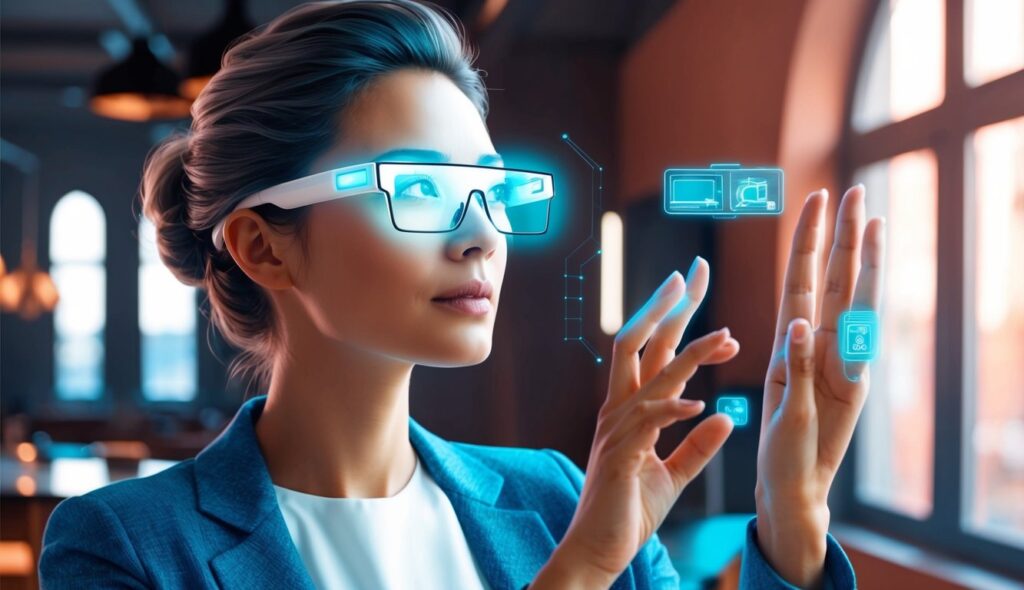
With the use of Assisted Reality devices, workers can access all the essential information whenever they want. This information is not limited to guides and manuals, and AR devices do more than just display texts. Moreover, they can show almost any form of media, such as images and videos.
Most devices we use these days offer access to these kinds of information. However, you have to use your hand to navigate those devices. On the contrary, AR devices suitable for work environments eliminate that requirement. They also offer many wireless connection options. With Bluetooth, Wi-Fi, and LTE support, you can have access anywhere. In this way, you can benefit from the technology without any limits.
Increases Cost Efficiency
Being able to work remotely but simultaneously significantly contributes to efficiency. It eliminates the need to bring everyone onsite. As a result, organizations can reduce transportation costs. It also means fewer people on worksites. With fewer people, the possibility of accidents is lower. Therefore, health and treatment costs decrease. Lastly, with Assisted Reality, the job is more likely to go perfectly the first time, which leads to lower operational costs.
Beneficial in Cases of Emergencies
As we mentioned, assisted reality devices can display helpful instructions on its screen. These instructions can be extra beneficial in case of an emergency. For instance, if a machine breaks down at a crucial point or creates a danger to others, any worker can quickly repair the device using Assisted Reality. They don’t need to wait for a mechanic. Workers can solve the problem by simply following the instructions.
Conclusion
Assisted Reality has a great potential to benefit businesses. Companies can create safer, practical, and efficient working conditions by adding this technology into their daily operations. And eventually, create a more productive work environment.
However, there are some factors to consider before using Assisted Reality. Firstly, they need to make a structured plan for a smooth transition. Secondly, they must determine what their work requires. Also, they need to understand their work environment deeply. Thus, they can choose the perfect Assisted Reality software and the devices to help them embrace industry 4.0.
Companies should consider these challenges and come up with an implementation plan. Thus, they can easily integrate AR into their work environment and benefit from this technology.






